How Much Does It Cost To Replace Tire Pressure Sensor?
It is rather impossible to overemphasize the importance of tires because without them, all engines and transmissions would be redundant. Keeping your tires in optimal condition requires you to always use functioning TPMS (Tire pressure monitoring sensors), so be sure to read this article to find out what they do and how much does it cost to replace them.
How Much Does It Cost To Replace Tire Pressure Sensor
It takes less than one hour to change all four TPMS modules if you take your car to a credible tire shop. This means that the costs of TPMS replacements include a minimal labor fee in addition to the componentry that tends to cost somewhere in the neighborhood of $30-$50.
Added up, it should cost you between $70-$150 per wheel. Granted, this also depends on the make and model year of your vehicle and the availability of parts. You may be able to replace a single sensor, but if the remaining three sensors are more than 10 years old, you should replace them all at once.
What Is A Tire Pressure Sensor?
A TPMS (Tire pressure sensor) is an intricate piece of engineering designed to constantly monitor the air pressure within the tire. Most tire pressure monitoring sensors are designed to detect when the tire air pressure falls below a certain threshold and then alert the driver via a dashboard warning light.
These sensors are placed inside the tire and are commonly being powered by a small battery. Back in 2000, the US government made the use of TPMS a legal requirement for all cars sold past the year 2000. This means that all cars nowadays come with tire pressure monitoring sensors as they are an essential aspect of on-road safety.
Why Do We Need Tire Pressure Monitoring Sensors?
Poorly inflated tires are unable to properly support a car’s weight, they increase your braking distances and make the car less maneuvrable, especially at high speeds. According to a prominent TPMS manufacturer Schrader, more than a quarter of a million accidents are being caused by under-inflated tires each year.
Back in the early 2000s, NHTSA stated that tire-inflation-related issues cause more than 10,000 injuries each year, so it’s rather obvious why we need functioning tire pressure monitoring sensors. These sensors tirelessly monitor the air pressure within the tire while also communicating with the car’s ECU through low-frequency radio waves.
Whenever the system deems the air pressure is way too low, you will be alerted which means that you will either adjust your driving style accordingly or completely pull over. These sensors also ensure that you always use the correct amount of fuel because under-inflated tires also use more fuel due to increased levels of tire rolling resistance.
Can I Drive Without A Tire Pressure Monitoring System?
Driving without a tire pressure monitoring system is certainly a risky thing to do, especially if you often drive at higher speeds. As these sensors tend to wear out, they need to be replaced in due time. However, most people out there use their cars for daily driving purposes and it’s not always easy to cancel everything and take your car in for a service.
If you are in a pinch, you can drive the car even without a tire pressure monitoring sensor. However, always keep a sentient eye on your tires and be sure to adjust your driving style accordingly. If you are positive that your tires are properly inflated, you may be able to drive the car and nothing should ever come of it.
Nonetheless, if you are not in a hurry and you can take your car in for a TPMS replacement, be sure to do so at your earliest convenience. While driving without a tire pressure monitoring sensor, be sure to read this article if you want to find out how you can tell if your tires are too low while behind the wheel.
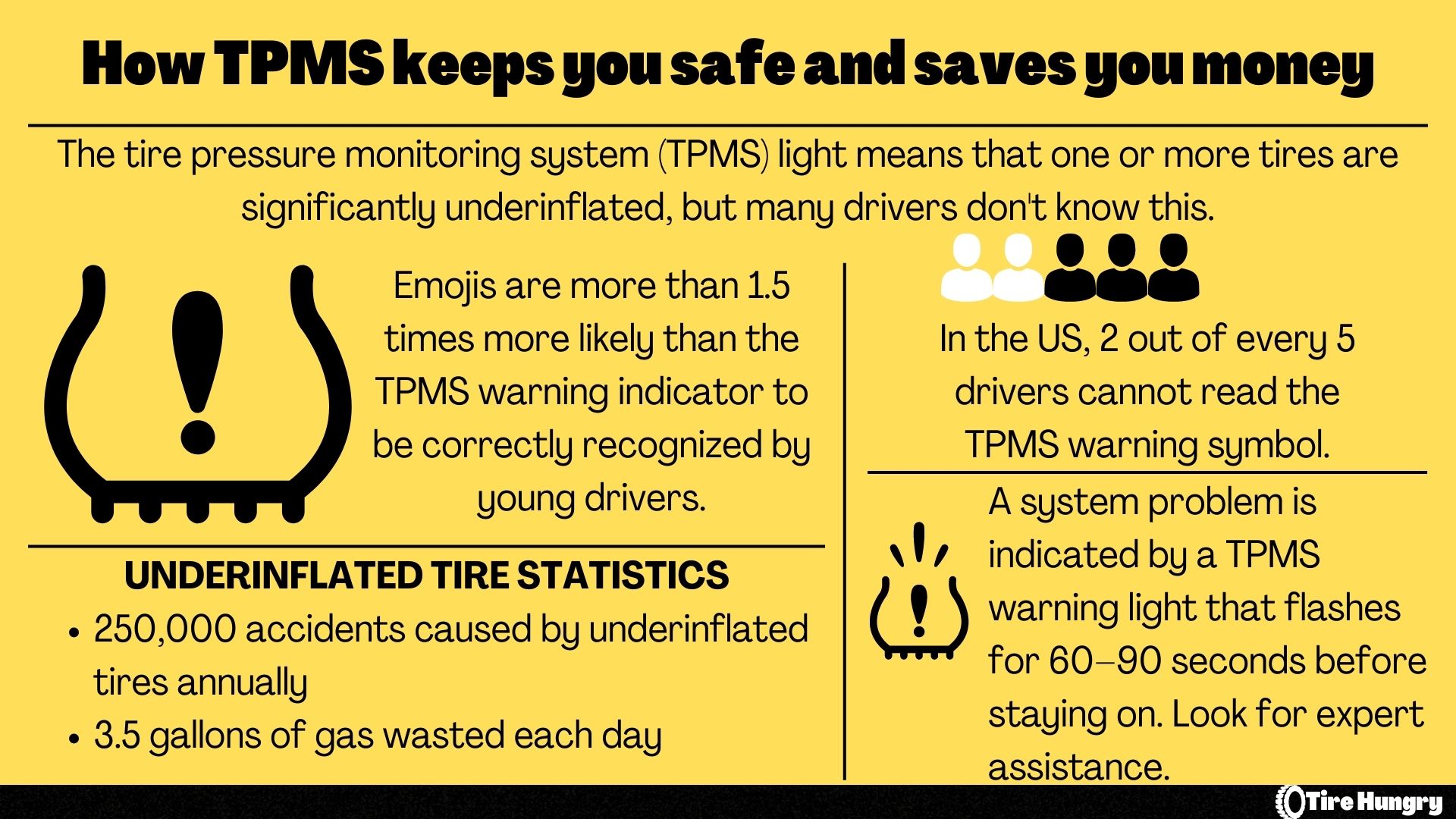
How Long Should A Tire Pressure Sensor Last?
Most TPMS’s tend to last about 5-10 years, but given the fact that they are not the easiest nor the cheapest components to replace, most people tend to swap them whenever it’s necessary. This means that they tend to replace them only when the battery dies or when other TPMS components fail.
Is It Possible To Repair A Tire Pressure Sensor?
A TPMS fix is only possible if the reason why it failed in the first place can be resolved without needing to replace the whole unit. There were instances where owners complained about their brand-new tire pressure monitoring sensors failing only after a year or two of use.
A common reason why is if the sensor was damaged beforehand, it used a faulty battery, or because it came with a manufacturing defect. Sometimes a brand new battery can replenish your old sensor and give it a brand new life, but you should not use the same sensor for more than 10 years max.
Why Is My Tire Light On But Tires Are Full?
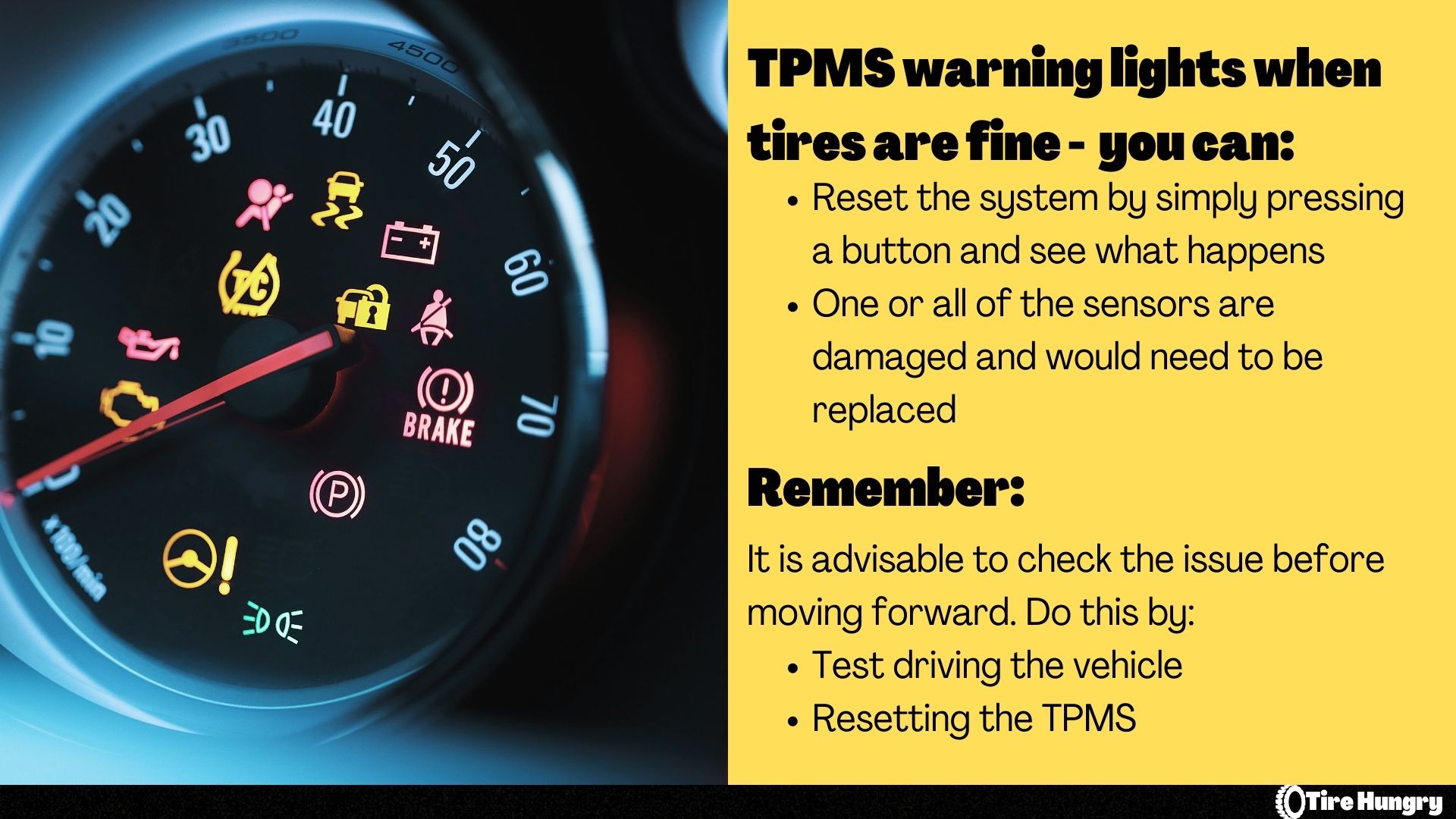
This can be caused by either a faulty sensor, a slow puncture, swift ambient temperature shifts, recent tire replacement, or because your wheel speed sensors are malfunctioning. These sensors are not designed to last a long time and the reality of it is that you are eventually going to experience some form of issues with them.
If your tire pressure monitoring sensor light stays on, but you are 100% positive that your tires are absolutely fine, the best thing you can do is to replace the sensor. Indeed, you can also repair it in some instances, but the price differences between repairing them and replacing them are marginal, so it’s always better to just get a brand new one.
Conclusion
Most tire shops out there are going to charge you anywhere between $70 to $150 for a TPMS replacement per single wheel. This is because the components such as batteries, sensors housings, and chips tend to cost somewhere around $30-50 while the labor costs can cost up to $100.
It also depends on which type of car you are driving, the type of TPMS, and the availability of parts. If your sensors are already more than 10 years old, it’s always better to replace them all rather than one by one, even if the remaining three are not showing any signs of old age.
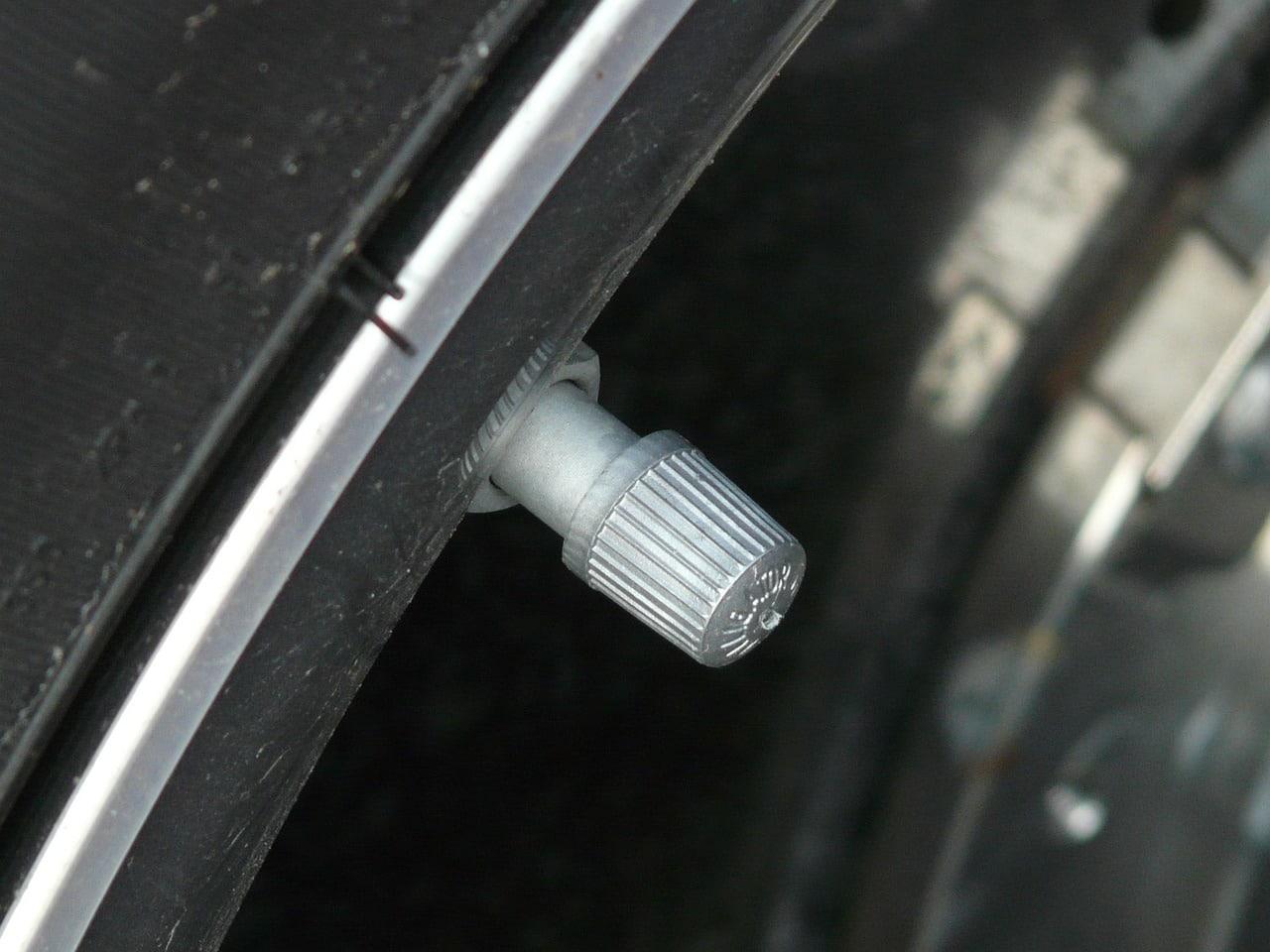




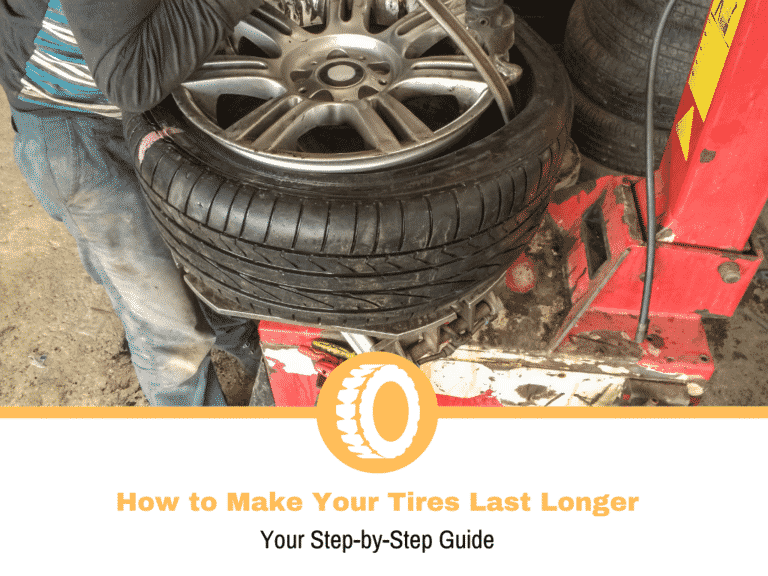
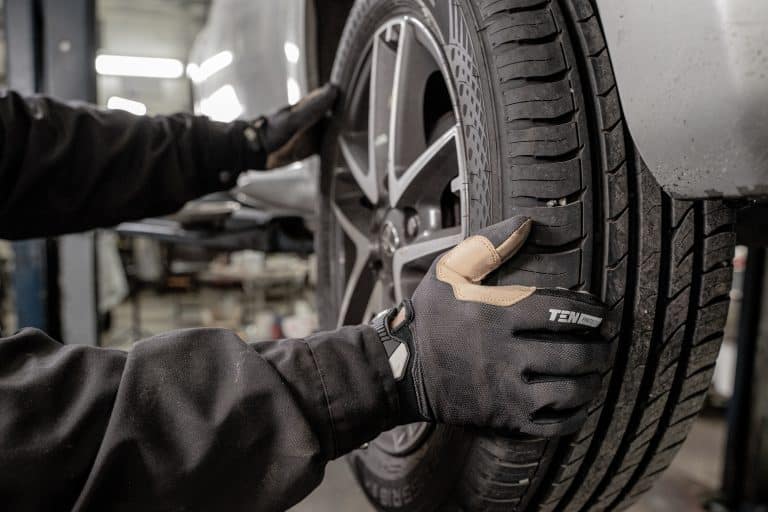
I would recommend replacing the tire pressure sensor if it starts to give inaccurate readings. This is a relatively easy job that can be done by a mechanic.